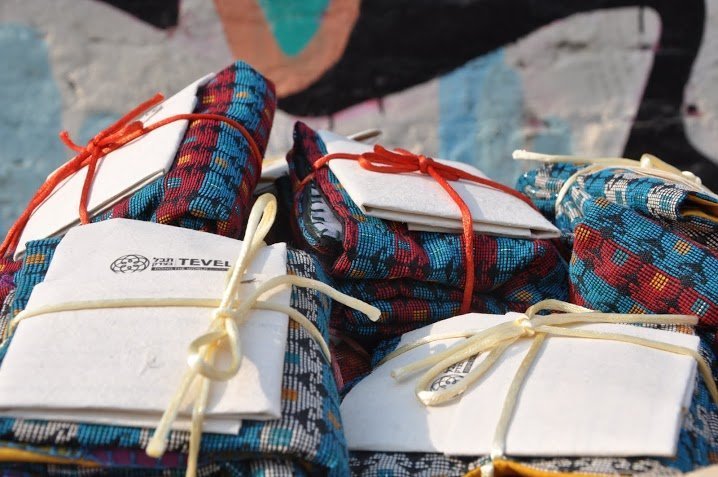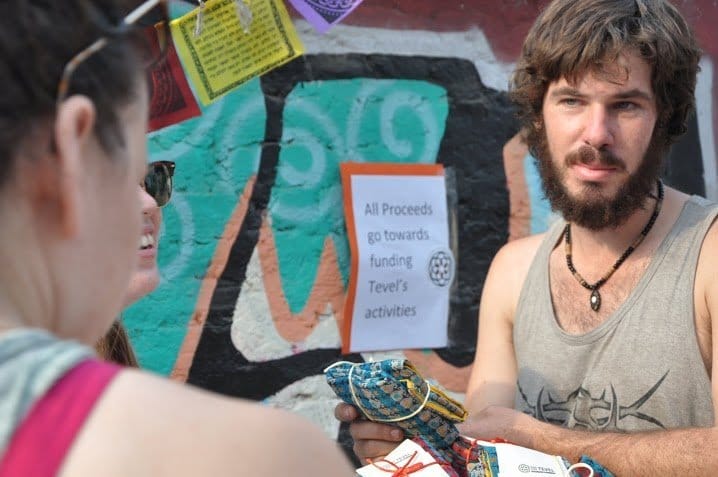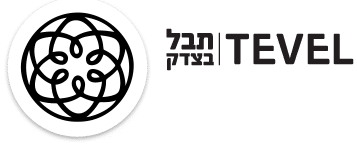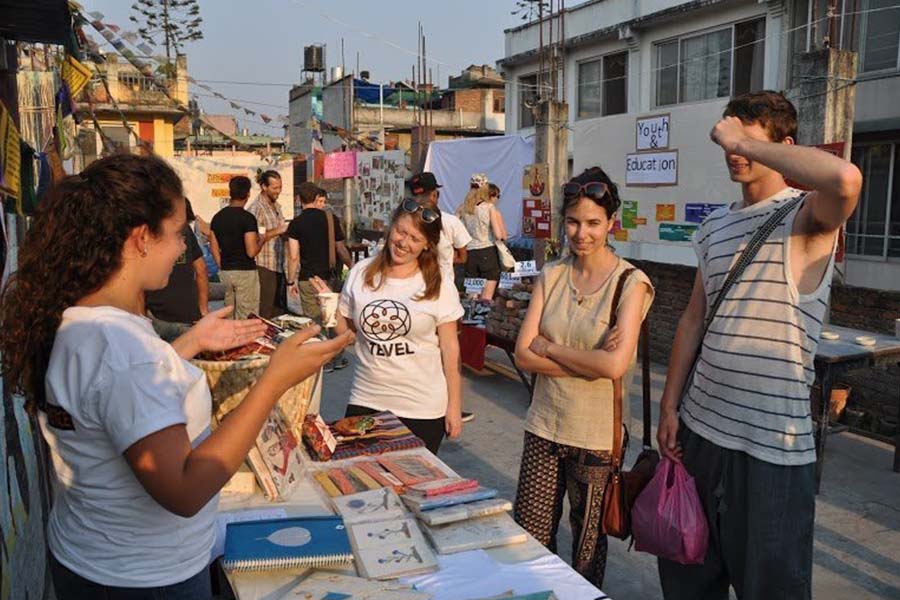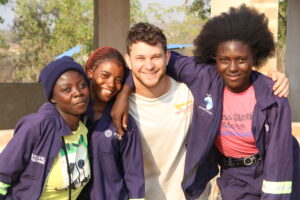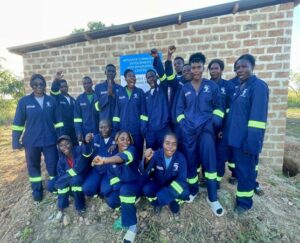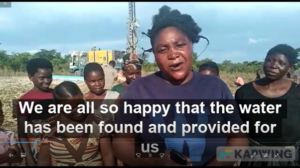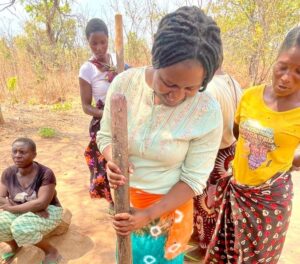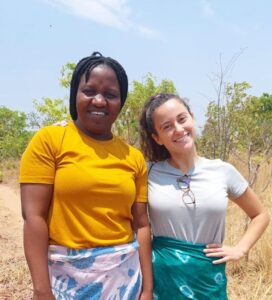by Hava Meirovitch, Tevel Fellowship 2014
I came to Tevel b’Tzedek after spending a year in Germany, as part of a joint Arab-Israeli group studying the politics of the European Union. That experience taught me two things:
- Interpersonal communications and joint purpose can overcome social conventions, negative stereotypes and create true friendships, full of understanding for the other’s narrative.
- From the point of view of my Arab friends, Israel seems much stronger, more unified and durable than it does to my Israeli friends.
And then I arrived in Nepal. I understood right away that the Nepalis see Israel in a similar way to the way the Arabs that I met see Israel. In every conversation in which I was asked where I was from, the answer “from Israel” created a response of complete admiration and a vision of someone with a big rifle in their hands. As far as the Nepalis know, Israel is a strong country, with a strong army, and yes, big rifles.
On the other hand, as a stranger, who is only here for the year, I came to Nepal with predetermined opinions and initial impressions that I gleaned from the news, google images and Wikipedia. I understood that as one Israeli among many touring around Nepal, it would be difficult to change the existing impression of Israel and create an understanding of the complexities that exist alongside the big guns. But I thought that maybe, before I resell the state of Israel to the Nepalis, I can introduce the Israeli backpackers here to another Nepal, more complex and varied in its human and social landscape than what they usually see. That’s how the “Insight KTM” project was born. Tevel gave me the tools and the professional and personal backing to try to achieve this goal, and to involve other volunteers from other programs as well as the Tevel staff. We worked together for the last two months on defining the project goals, target populations and the best venues to achieve those goals. We thought about how we can expand the somewhat narrow view that many of the tourists bring with them to Nepal, and create a detour from the predetermined track of “buying cheap equipment before the trek and eating falafel in the latest restaurant” and to provide a glimpse into another world, a complex world of people from different communities, daily challenges, some more familiar, other completely unknown. A world from which we can learn a lot, if we only open our eyes and let ourselves learn. In our planning meetings we thought about how to turn the landing in Kathmandu, before going out onto a trek, into an experience, no less significant than the breath-taking mountain views. And what better way to get to know Kathmandu than through unique walking tours led by people who know every alley and also understand the challenges of those living in mountain villages? The backpackers and other tourists have more time pressure than do the Tevel volunteers and therefore, we aimed to create tours in Kathmandu that create a connection between the local’s Nepal and the tourist’s Nepal, but we only had a short time to do it. A short time to convey the sensation of life in Nepal, and in parallel, to give the tourists something valuable in return for the time that they have taken out of their vacation.
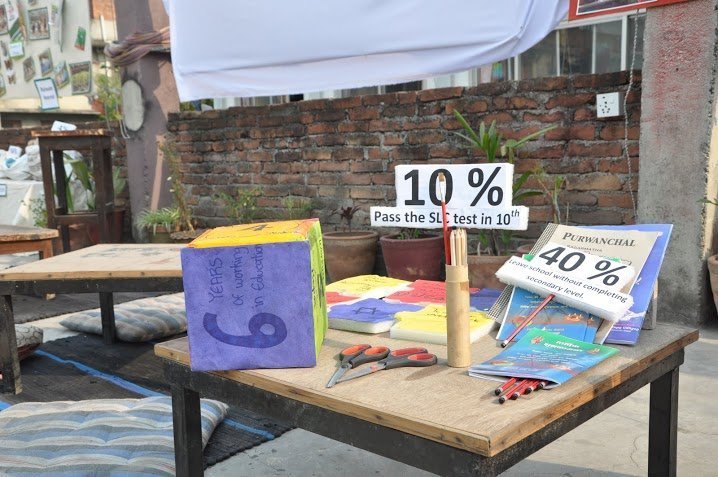
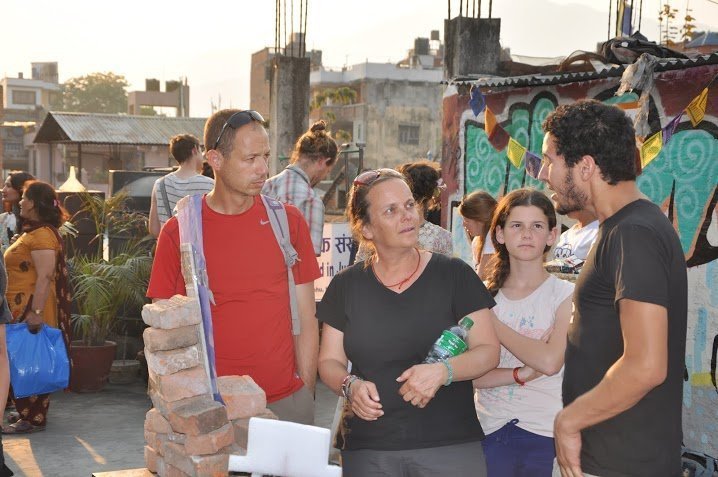
The tours focus on the viewpoint of Israeli and international tourists, and on areas of interest according to a preliminary survey we did with our target population. The most important subjects (culture, society, gender and children’s rights) will be discussed while visiting Kathmandu’s central tourist sites, through an in-depth look at lifestyle, stories and news in the backstage of tourism. On April 22 we held an opening event for the project in the “Places” restaurant, including an interactive exhibit that welcomed the tourists in Kathmandu that evening. The exhibit included three main booths about women, youth and education and agriculture. Each presented the burning issues in each field, and the facts that illustrate the daily life of the locals.
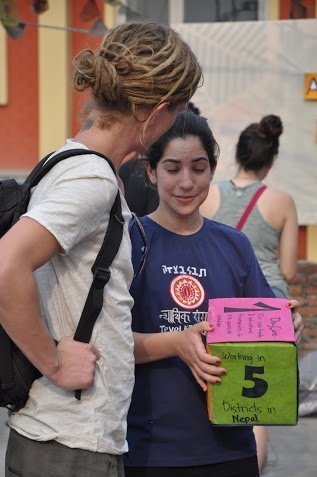
Designing the booths, editing the videos, choosing the pictures and objects that would support the objectives of the event, and the marketing of the event was all done by the volunteers of the Tevel Fellowship program.
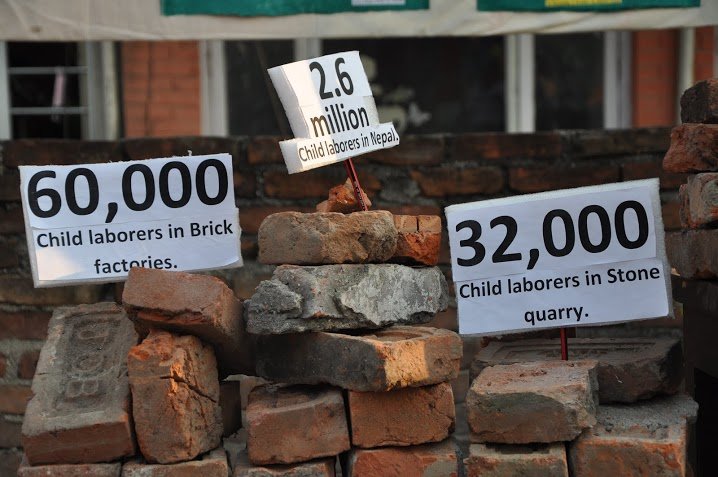
The event was extraordinarily successful. Tourists from all over the world poured in as soon as the exhibit opened, and were shocked to read the statistics about the number of children who work in brick factories and restaurants in Nepal. In the agriculture booth they learned about Nepal’s main crops as well as the environmental challenges that prevent 80% of the population from growing food 4-6 months a year and put them in danger of starvation. The facts shocked people who were used to ordering a salad in any restaurant in Kathmandu.
I had the rare privilege of living in another place for an extended period of time, to destroy and rebuild stereotypes about the place and the culture. “Insight KTM” was created to engage the Israeli and other tourists, and give them a glimpse of the local lifestyle and a better understanding of the challenges facing the local population with regards to human rights and living conditions and to increase their social awareness while on their tourist trip.
